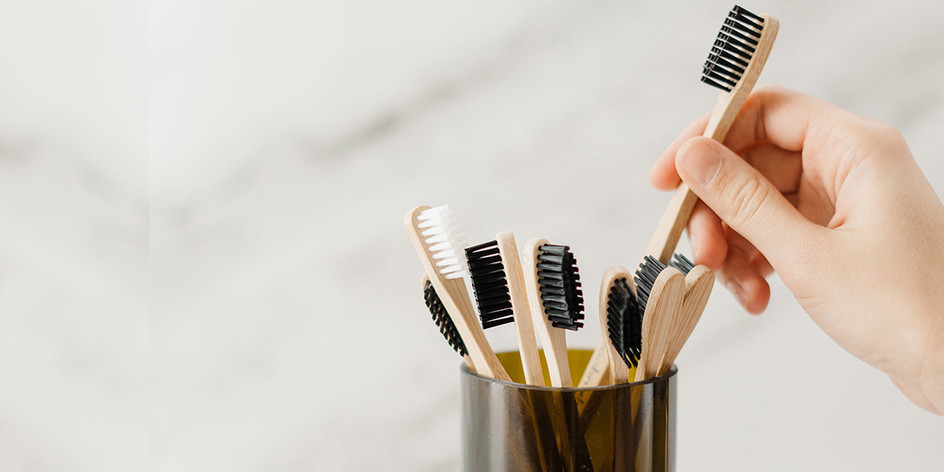Dental Trends: The Rise of Eco-friendly and Sustainable Dental Practices
In recent years, sustainability has not only become a buzzword but also a critical concern for businesses across all industries, including the world of dentistry. The growing emphasis on eco-friendliness is both a reflection of our collective consciousness to reduce our carbon footprint and a response to the discerning preferences of consumers who are increasingly gravitating towards businesses that prioritize green initiatives.
The global push towards green sustainability is rooted in the understanding that businesses can achieve economic success without depleting natural resources or causing ecological harm. As highlighted by PECB, sustainability involves the strategic use of resources to satisfy current needs without compromising the ability of future generations to meet their needs. This principle is no less applicable to dental practices, and as we shall see, there are a plethora of opportunities to integrate sustainability into day-to-day operations.
Why should dental practices go green?
- Environmental Responsibility: It's no secret that the medical field, including dentistry, has traditionally produced a significant amount of waste. By adopting sustainable practices, dental offices can reduce their environmental impact and contribute to a cleaner, healthier planet.
- Patient Preference: A growing number of patients prefer to associate with businesses that have strong ethical and environmental standards. Showcasing your commitment to sustainability can differentiate your practice and attract a loyal patient base.
- Cost Efficiency: Over time, sustainable practices can lead to cost savings. Whether it's reducing energy consumption or cutting down on disposable waste, green initiatives often translate to financial benefits.
Strategies for Adopting Eco-Friendly Practices in Dentistry
1. Reducing Waste:
- Opt for digital X-rays, which not only reduce chemical waste but also decrease radiation exposure to patients.
- Reuse and sterilize instead of relying on disposable items. Instruments made from high-quality stainless steel, for instance, can be sterilized and reused, reducing the need for single-use plastics.
- Implement a recycling program within the office. Segregate recyclable materials like paper, cardboard, glass, and certain plastics.
2. Energy Efficiency:
- The ADA suggests using LED lighting, which consumes up to 75% less energy compared to traditional bulbs.
- Install energy-efficient appliances and machines. While the upfront cost might be higher, the long-term savings on energy bills can be significant.
- Utilize a programmable thermostat to optimize heating and cooling, ensuring that energy isn't wasted when the office isn't in use.
3. Water Conservation:
- Install low-flow faucets and toilets to reduce water consumption.
- Use a dental amalgam separator, which prevents harmful waste from entering the water system, and is recommended by the ADA.
4. Sustainable Products:
- Choose dental products made from sustainable materials or those packaged in recyclable or biodegradable materials.
- As ProdentUSA suggests, look for tools and equipment that come with long-term warranties, which often indicates a longer life-span and reduces the need for frequent replacements.
5. Education and Training:
- Educate your team about the importance of sustainability and train them in best practices. This can range from turning off equipment when not in use, to correctly segregating waste, and even engaging in community cleanup activities.
- Engage with suppliers who prioritize eco-friendliness. Discussing and understanding their sustainability measures can give insights into potential collaborations or initiatives.
Real-world Examples of Sustainable Practices
1. All Smiles Dental Center: A Beacon of Eco-friendliness Extracted from Nature, the All Smiles Dental Center in suburban Chicago has emerged as a stellar example of green dentistry. Here's how they've made an impact:
- Recycling: The practice recycles everything from dental amalgams to patient bib clips.
- Water conservation: They've installed a dry vacuum system, which not only reduces water usage but also eliminates the risk of harmful chemicals flowing back into the community's water system.
- Energy Efficiency: Energy-efficient lighting illuminates the practice, and the use of ENERGY STAR-rated appliances further reduces their energy consumption.
2. Dr. Fred Pockrass' Dental Practice: 100% Carbon Neutral Dentistry Today showcases Dr. Fred Pockrass' practice in Berkeley, California, as a testament to what sustainable dentistry can achieve.
- Carbon Neutrality: Dr. Pockrass’ practice is among the few that have achieved 100% carbon neutrality. By calculating their carbon footprint, they’ve purchased offsets equivalent to their emissions, primarily supporting renewable energy projects.
- Green Building Practices: The practice facility incorporates eco-friendly building materials, uses natural light to reduce energy consumption, and follows green construction practices.
- Paperless Operations: Embracing digital technology, the practice operates with minimal paper usage, cutting down on tree consumption and waste generation.
3. The Ecodentistry Association (EDA) and Green Dentistry The EDA is at the forefront of promoting and educating about sustainable dental practices. As per their guidelines and shared real-world implementations:
- Waste Reduction: Dental practices are moving away from disposable items. Many are embracing reusable sterilization pouches, reducing plastic waste.
- Green Dental Supplies: The EDA emphasizes using products that have minimal environmental impact. This includes biocompatible dental materials, non-toxic sterilization methods, and sustainably sourced dental tools.
- Patient Engagement: EDA-certified practices often educate their patients on sustainability, fostering a community that values and promotes green initiatives.
If these practices can achieve it, so can yours. Let's take inspiration, adapt best practices, and collectively steer the dental industry towards a sustainable future.

